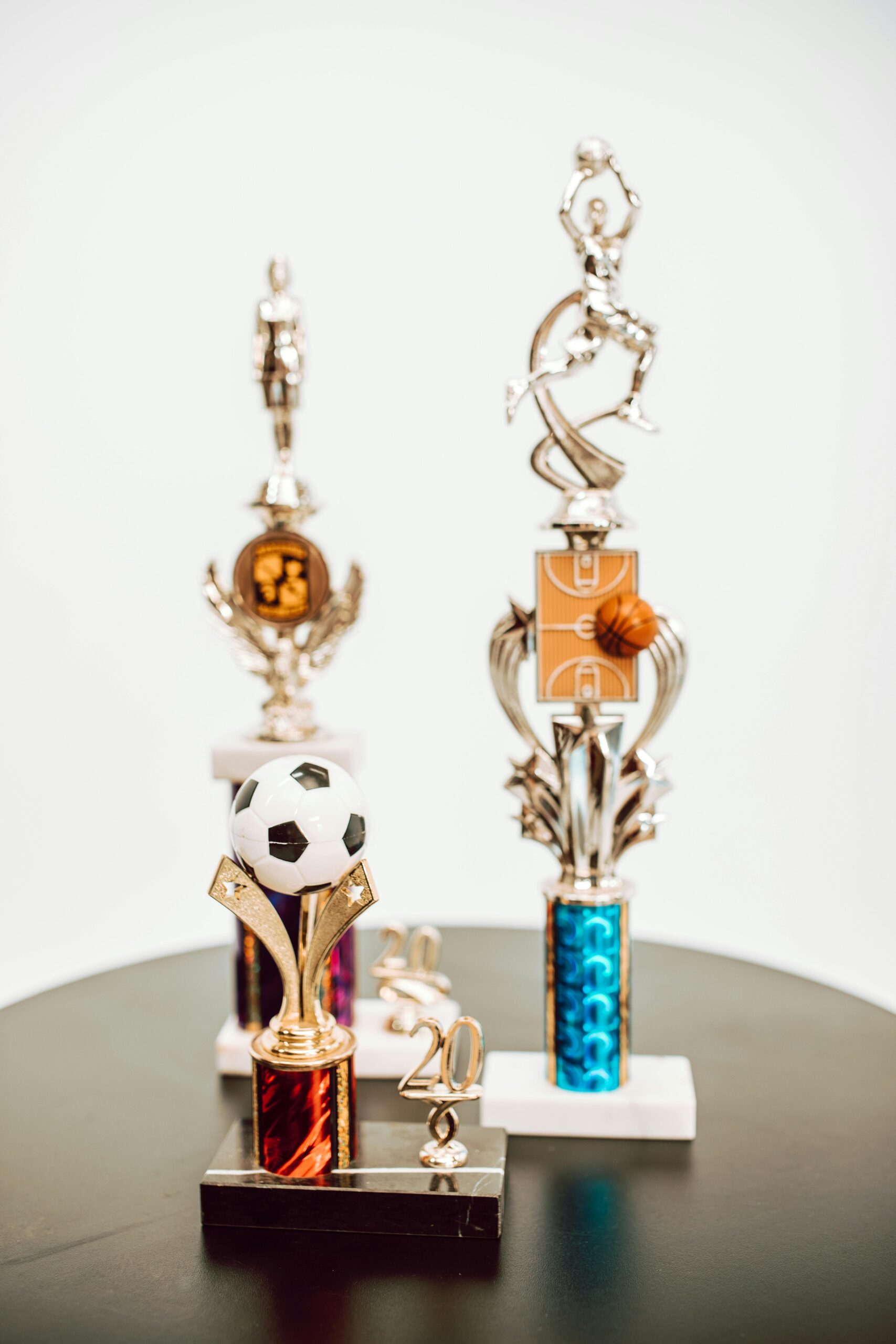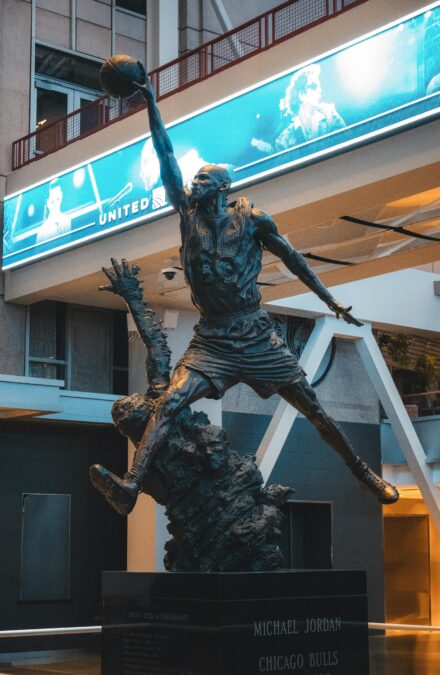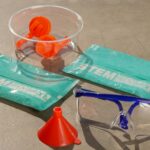When you overhear the name Paul George, what comes to mind? For most basketball enthusiasts, it’s the horizontal gunfire stroke, elite protection, and consummate adaptability. Paul George, often referred to by his nickname “PG-13,” has left an indelible legacy in the NBA. From his early days in Indiana to his current role with the Los Angeles Scissors, George has consistently demonstrated excellence, flexibility, and management. This article explores the highs and lows of Paul George’s career, how he has developed into one of the most esteemed players in the confederation, and why his journey is still far from concluded.
Premature Life and College Livelihood
Paul George was born on May 2, 1990, in Palmdale, California. Growing up in a basketball-loving family, he worshipped players like Kobe Bryant. His high school years at Caballero High School highlighted his raw talent, but he was not profoundly recruited. George eventually committed to Fresno Government, a lesser-known basketball database compared to the capital schools.
At Fresno State, George rapidly made a name for himself. His grouping of length, muscularity, and scoring ability immovable the eyes of NBA scouts. Nevertheless, the team did not make a major NCAA competition run, George avowed for the 2010 NBA Draft from the tap after his sophomore year.
Indiana Pacers – Rise to Renown
Designated 10th overall in the Indiana season, George was the expression of the franchise. The 2012-2013 season was a getaway year. He led the Pacers to the Eastern Conference Finals and was named the NBA’s Most Valuable Player.
His presentations against the Miami Heat’s “Large Three” (LeBron James, Dwyane Wade, and Chris Bosh) in uninterrupted semifinal runs gained him national courtesy. George was not impartial, a rising star; he was flattering a legitimate megastar. His lockdown resistance, clutch shooting, and management made him a foundation of Indiana’s determination.
Shocking Injury and Remarkable Retaliation
In 2014, Paul George agonized over a horrific leg injury during a Team USA tussle. The composite breakage of both bones in his lower leg vulnerable his vocation. It was a moment that shook the NBA community. Many quibbled whether he would ever reappear in the elite ranks.
Nevertheless, Paul George showed the world what bounciness looks like. After virtually a year of regaining and rehab, he returned late in the 2014–15 period. By the resulting year, he was back in All-Star form, averaging over 23 points per game and once again leading the Pacers to the competitions. His retaliation was nothing short of stimulating.
Oklahoma Metropolitan Rumble Era
In 2017, Paul George was traded to the Oklahoma City Thunder, joining forces with Russell Westbrook. Many mistrusted the duo’s probable, but George swiftly quieted critics. The 2018–19 season was one of his best statistically, be around 28 points, 8 rebounds, and 4 assists per game. He ended third in MVP voting and consolidated his standing as a top-10 player in the confederation.
Notwithstanding playoff struggles and an initial exit, George’s impact in OKC was indisputable. His capability to score from anyplace on the court, mutual with elite self-justifying prowess, made him one of the most comprehensive players in the NBA.
Assembly the Los Angeles Scissors
In 2019, Paul George was traded to the Los Angeles Clippers to join Kawhi Leonard, forming one of the most overestimated duos in recent NBA history. The opportunities were excessive. The Clippers were measured championship darlings.
The 2019–20 season, however, ended in dissatisfaction, with the team wafting a 3-1 lead in the playoffs. George faced punitive censure for his presentations, earning the epithet “Pandemic P” on social media. But once over, George used disapproval as fuel.

Refurbishment in the 2021 Playoffs
With Kawhi Leonard incapacitated during the 2021 playoffs, Paul George accepted the Clippers on his shoulders. He led the squad past the Utah Jazz and into the Western Conference Finals for the first time in permission history. His presentations were remarkable—efficient counting, solid defense, and grasp moments.
Though the Clippers fell petite of the NBA Finals, George hushed critics and received respect for his management and grit. His 2021 playoff run is now a painstaking one of the finest in recent Clippers history.
Legacy and Impression on the Game
Paul George’s legacy is not just constructed on stats or honors. It’s built on flexibility, development, and steadiness. He has been named an All-Star multiple times, nominated to the All-NBA and All-Defensive teams, and is one of the insufficient players equally feared players on together ends of the court.
Off the court, George has been vocal about cerebral health, openly deliberating his brawls in the NBA Bubble. His readiness to be susceptible has opened significant discussions in specialized sports.
Additionally, Paul George’s game has predisposed a cohort of wing players—long, healthy, two-way players who can shoot, preserve, and handle the ball.
Frequently Asked Questions (FAQs)
How many All-Star collections does Paul George have?
As of 2024, Paul George has been designated to the NBA All-Star Game 8 times.
What locality does Paul George play?
Paul George chiefly plays as a small advancing but is multipurpose, adequate to play bombardment guard and influence forward when needed.
Has Paul George won an NBA tournament?
No, Paul George has not won an NBA tournament yet, but he has come close, notably in the 2021 competitions with the Shears.
What was Paul George’s grievance in 2014?
He agonized from a composite fracture of both the tibia and fibula in his lower leg during a Team USA struggle.
What is Paul George’s epithet?
He is widely known by the epithet “PG-13,” which references both his personal number and jersey number.
Is Paul George still singing for the Clippers?
Yes, as of the 2024–25 season, Paul George is a key thespian for the Los Angeles Scissors.
What is Paul George known for being oversensitive?
He is known for his perimeter resistance, quick hands, and ability to guard multiple locations efficiently.
Conclusion:
Paul George’s journey through the NBA is a story of pliability, alteration, and elite presentation. From an under-recruited high school player to a returning All-Star and a frontrunner on championship-contending teams, George has surpassed potential time and again. His aptitude to bounce back from setbacks—be it injuries or disapproval—makes him one of the most inspirational athletes in modern basketball.
As Paul George endures his career, fans and analysts alike identify his contributions not just in points and stats, but in management and mental toughness. His story is far from over, and with a challenge still within reach, the next subdivisions may yet be the most exhilarating.



